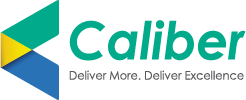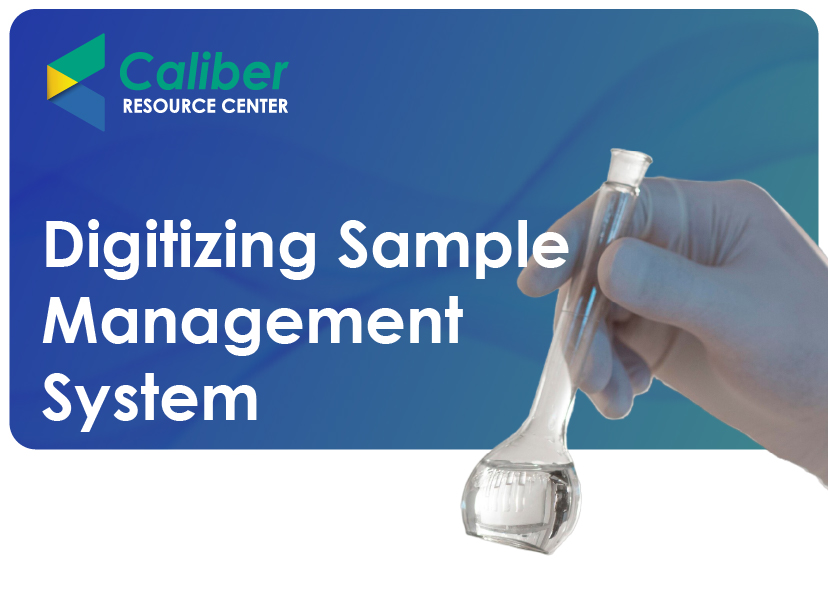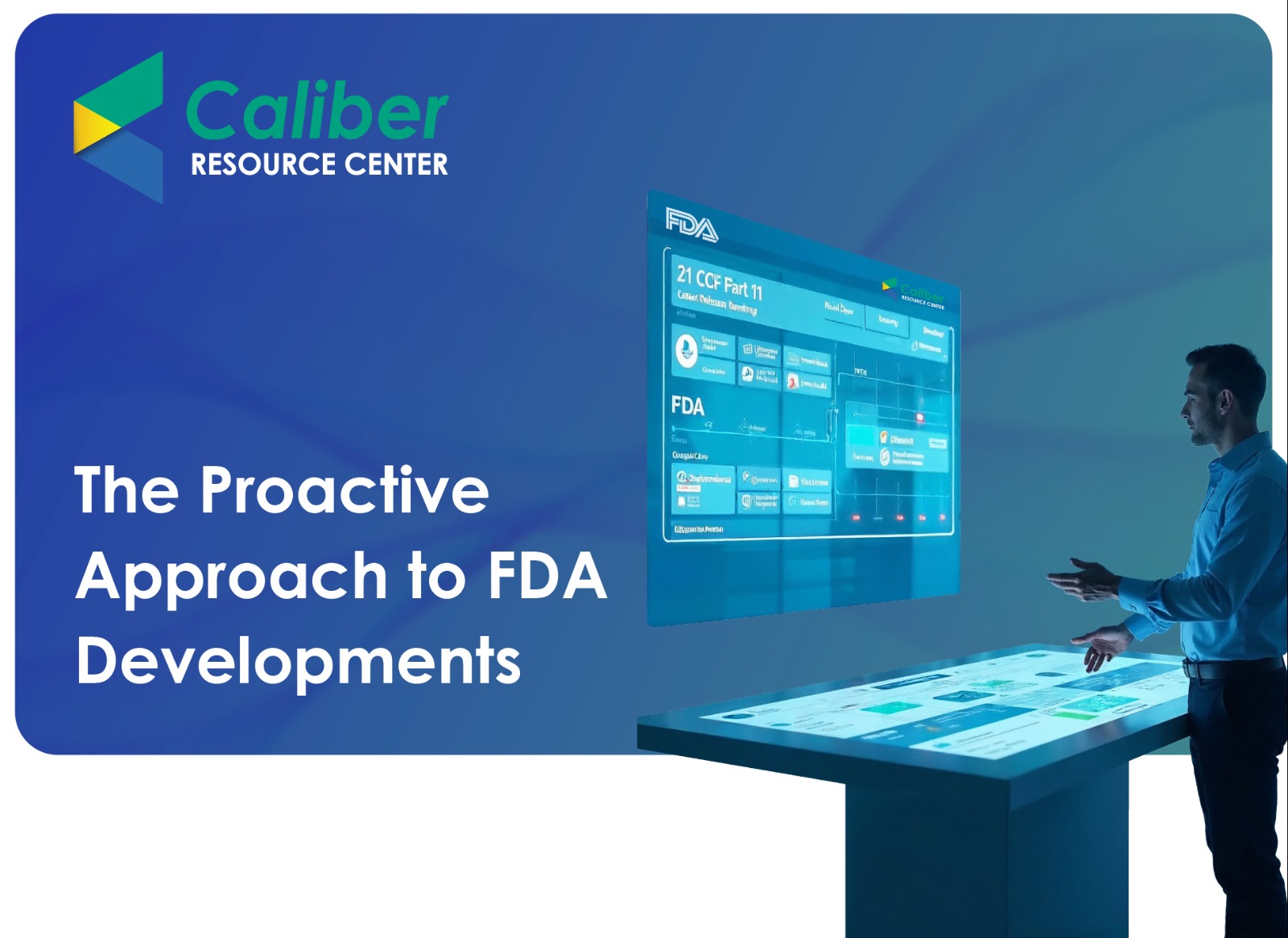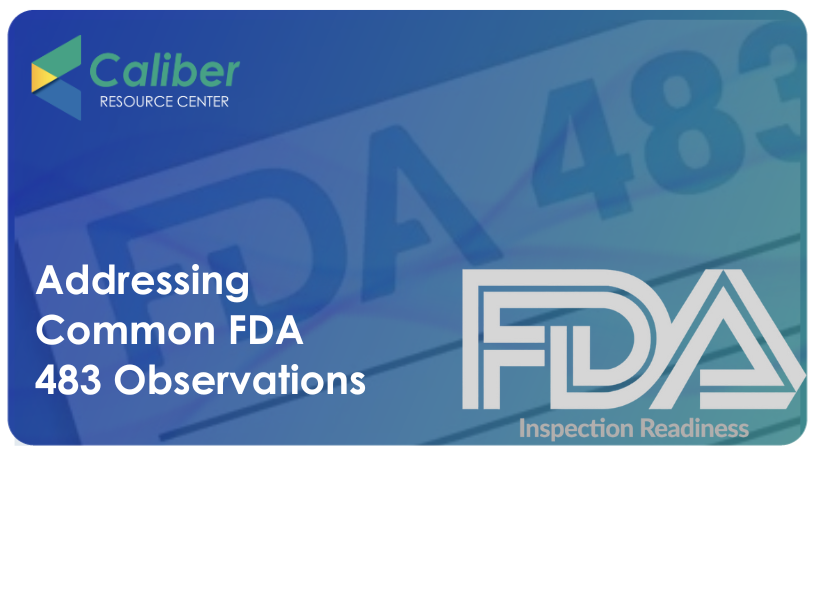What’s Inside
ToggleWhat is Sample Management?
Sample management involves all the activities during the lifecycle of a sample in the lab. Right from the sample login to the generation of the certification of analysis (COA), all information must be diligently managed. If data management at each stage of the process is done manually, the process itself would take away chunks of time from the QC’s day for analysis/ review/approval and QA for review/ approval. In turn, this would delay the production time of the batch and its release. In addition to the delay in time, there could be typographical and manual errors when this process is person-dependent.
To overcome these issues, labs must automate and digitalize their processes with the digital tools available. A robust LIMS system that has a built-in sample management system, EWS, ELN, LDMS, etc., can solve these issues and help in reducing the process time effectively.
Workflow of Sample Management Software
The sample management process includes various stages such as Sample login, E-Sampling, Sample Acceptance, Sample point, Sample & Test Allotment, Sample traceability, Test Result Submission, Review and Approvals, COA Printing, and raw data (executed worksheet, inventory logs, trend reports, and dossiers).
Common Challenges in Sample Management
Despite being a crucial aspect of laboratory operations, sample management can become a weak link in laboratory workflow due to human error and overdependence. They can lead to compromised data, compliance risks, and unnecessary costs.
Here are some challenges laboratories face with sample management:
- Misplaced or lost samples
- Tracking Samples Across the Workflow
- Managing Sample Volume and Retention
- Human Error in Routine Handling
- Storage Conditions and Integrity
- Lack of Integration Between Systems
- Mislabeling and Identification Errors
How a LIMS Enhances Sample Management
Digitalizing these stages with a good LIMS system or an enhanced sample management system will help complete the sample management process quickly and effectively.
1. Registration
Sample Login – With a robust LIMS system like CaliberLIMS, sample login can be done quickly at the sample login page. The system automatically generates an Analytical Reference (AR) number to maintain a unique identity. This AR No. is the sole identity of the sample throughout its lifecycle.
2. Sampling & Acceptance
E- Sampling – E-sampling is equipped with E-sampling rules, E-sampling tests, and automated labelling, which will reduce the predominant work time that is invested by the person who is performing sampling by calculating the sampling quantity versus the total quantity through sampling rules. Driven by the system, Auto label generation, sampling test, and calculation of the number of samples to be sampled will be automatically calculated by the system through sample rules
Sample Acceptance – It will enable the QC to receive the sample from the warehouse or the front desk for testing.
3. Distribution
Sample & Test Allotment – The user can simply allot the sample to only a qualified analyst. The sample distribution process can be further simplified in a way where the sample could be distributed between team leaders and analysts, considering the occupancy/ workload of each analyst through proper analytical
4. Analysis
Test Result Submission – Test results can be fetched directly from the instruments seamlessly through port, file, and CDS-based interface. This shall avoid all possible manual errors and facilitate regulatory compliance, like ALCOA. This shall further enable seamless resource interface by enabling the “do it right the first time” concept. Auto-calculation feature enables the user to avoid calculation errors and reduce review burden.
5. Review, Approval, & Reporting
Review and Approval – System promotes the “Review by exception” concept by differentiating the reported according to event report sample results in three different segments.
1) Standard template – represented in black colour
2) Reported Analytical details – That include test results, inventory resources, and instrument/ equipment details, will be represented in blue colour
3) Exceptions – will be highlighted in red for easy inspection or review by QA/ QC
All reference documents will be available during review and approval. OOT/ OOS details shall be indicated during the review process.
COA generation and printing – Auto-generated COA and autogenerated raw data would avoid the cumbersome activity of document collection and COA preparation
A robust LIMS system has a completely configurable sample management workflow. Any Pharma company can use the available workflow and configure it as per their SOP.
Conclusion
Digitalizing the Sample Management Process is the Best Bet in the current situation, where the reduction of human presence at laboratories is a requirement. Most of the processes, such as sample allotment, test allotment, etc., can be completed with a click of a mouse with a minimum number of people physically present.
Digitalization and automation of the sample management process will take pharma companies another step forward towards pharma 4.0. An immediate need instead of a dream now.






